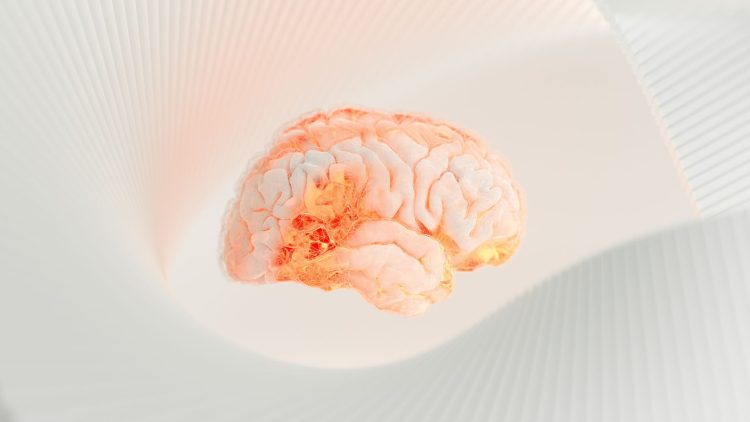The recent surge in AI-driven content creation has radically altered content production. This technology has rendered the process more accessible and expedient, thereby democratizing it.
Numerous benefits have resulted from this transition, including increased productivity and a greater variety of perspectives. However, it has also introduced obstacles that undermine online trust, most notably the risk of misinformation and the creation of false digital identities.
In response to these concerns, Phaver has initiated the ‘Proof of Person’ initiative. The objective of this endeavor is to verify social media personas to mitigate the impact of AI-generated content and fraudulent profiles. Phaver also endeavors to restore confidence in the digital domain by authenticating the user for each account.
The increase of AI-generated content
AI-generated content employs artificial intelligence to produce multiple media formats, such as articles, photos, videos, and music. This approach, powered by machine learning and natural language processing, can rapidly and affordably replicate human creativity.
It’s used in journalism, marketing, entertainment, and education to provide personalized information, automate repetitive operations, and enable new creative expressions.
The use of AI in content development significantly improves efficiency, scalability, and accessibility. It allows speedy development and timely content transmission, critical for news and social media.
AI’s scalability enables authors to reach a larger global audience without incurring additional expenditures or effort. Furthermore, AI democratizes content production by automating complicated creative components, allowing for greater involvement and varied perspectives in the digital debate.

The dark side of AI content
Even while AI is changing many industries, there is a serious concern that it might lead to the proliferation of false information. This is because AI can create material that looks and sounds quite human, making it difficult to tell them apart.
This feature takes advantage of people’s trust in AI-generated messaging, which has the potential to spread false information far and wide. Without considering the ethical implications, AI may propagate lies, corrupt facts, and influence the public conversation.
Technologies that compromise the integrity of information make false news and deepfakes possible. AI has the potential to create disingenuous news stories that pass themselves off as real.
To further muddy the waters between fact and fiction, deepfakes produce convincing audio or video recordings of people seeming to say or do things they haven’t done. This involves creating convincing online identities to promote false stories via social media interactions.
The real-world effects on society may be seen when deepfake films defame famous people or AI-generated false news influences elections or public opinion.
According to AP News, there have been cases of deepfake AI movies showcasing, for example, a pro-Russian political party in Moldova and a conservative Muslim majority nation’s opposition politician in a bikini in Bangladesh.
These cases demonstrate the serious risks associated with the unchecked spread of AI information and the urgent need for systems to verify the content and its sources.
The threat of fake accounts
In the digital age, the rise of fake social media accounts, greatly helped by AI, is a big danger. AI technologies make creating and managing these fake accounts easier, which lets them connect with people like real people, post content, and create complex characters on a large scale. Because of this, it’s hard to tell the difference between real and AI-driven actions. Fake accounts can stay hidden for a long time.
These accounts have a big effect in many areas. By creating echo chambers, they help spread false information, control political debate, and divide people. By pretending to be real users, they give false stories more weight, which could change the results of elections and public opinion. In advertising, they change measures for viewer involvement, which can lead to bad business choices and losses because of relying on wrong statistics.
Also, many fake accounts hurt the trust essential for online exchanges. Users become suspicious of validity, making it harder for them to connect with and participate in online groups. This loss of trust affects social networks and the wider digital environment. This shows how important it is to find and stop fake accounts immediately so that online places stay honest and trustworthy.

Phaver’s approach to online authenticity
Phaver, a Web3 social app, targets the critical issue of fake accounts and bots on social media, a concern especially pronounced among parents worried about their teens.
Notable incidents, like bot-driven disinformation on X (formerly Twitter) and a ChatGPT-utilizing bot network uncovered by Indiana University, highlight the severity of the problem. Traditional networks, overwhelmed by bots constituting 47% of 2022 web traffic—with 30% being malicious—have found managing authenticity challenging.
Responding to this, Phaver introduces a blockchain-based “Proof of Person” system, akin to airline loyalty programs, to curb bots and promote real user interaction. This gamified approach penalizes negative behaviors (e.g., account farming) and rewards positive engagement to enhance digital trustworthiness.
The platform uses a gamified system that rewards authentic engagement and penalizes misuse. The platform uses blockchain technology to verify the authenticity of content, making it difficult for AI-generated fake content to increase. Community-driven moderation allows users to flag suspicious content, enhancing Phaver’s ability to maintain a trustworthy digital environment.
The platform discourages abuse through monthly redemptions based on user levels and rewards authentic interaction, boosting digital ecosystem health. Users can link NFTs to their profiles, merging Web3 identity with social presence. Leveraging technologies like the Lens Protocol and CyberConnect, Phaver offers a decentralized platform, ensuring content security and follower portability across apps.
The future of digital authenticity
Finding a balance between the need to check the trustworthiness of digital content and the progress of technology is key to the future of digital validity.
As technology improves, we see great potential for using technology to improve trustworthiness across a wide range of digital outlets. Some examples are fingerprint recognition, blockchain-based verification, and digital watermarking. These technologies keep the digital world safe by protecting user IDs, intellectual property, and the purity of media.
However, this progress comes with problems caused by improvements in artificial intelligence (AI), especially when making fake content that looks real, like deepfakes. This event clarifies that new identification and proof tools are still needed to fight advanced AI-generated content.
As AI technology improves, it becomes harder to tell the difference between real and fake information.
This calls for a combination of legal, technical, and educational methods. Tech companies, government agencies, and academics must cooperate to protect a digital environment that values genuineness. This will keep the Internet a place where people can express themselves and interact realistically.
Featured image credit: KOMMERS / Unsplash




